Three months of continuous marching
More than 50 years have passed, but the memories of the time accompanying more than 100 reporters and editors of the GP10 course (the 10th training course of Vietnam News Agency - now Vietnam News Agency) to the South to reinforce the Liberation News Agency are still intact for journalist Vuong Nghia Dan. Recalling the time when she was about to graduate from the French Department - University of Foreign Languages, she and hundreds of young people applied to join the training course to become reporters and editors of the Liberation News Agency.

The train carrying reporters GP10 left Hanoi for the southern battlefield.
“At that time, although we did not know what to do as reporters, how to write and edit news articles, the general spirit at that time urged young people in their twenties like us to do something for the country. We were not afraid of hardship and sacrifice, nor did we know how to calculate the pros and cons, we were only proud that Vietnam was being supported by all peace- loving people in the world. We had a burning desire to contribute a small part to the great struggle for national liberation,” Ms. Nghia Dan shared.
It was in 1972, when the southern battlefield was raging, Ms. Dan and nearly 150 students (selected from more than 1,000 students of three universities: Hanoi University of Science, Foreign Languages, and Diplomacy ) participated in the GP10 course and received professional training at the evacuation site of Ha Hiep commune, Quoc Oai district, former Ha Tay province (now the suburbs of Hanoi).

After 6 months of training, the GP10 course, including reporters, editors, technicians, telegraphers, etc., left Hanoi and headed to the southern battlefield. Three months on the steep Truong Son mountain road. Fortunately, there were almost no more American planes flying over (after the Paris Agreement on Vietnam was signed on January 27, 1973, the US had to stop the war of destruction in the North and withdraw its troops from Vietnam). The whole group traveled on Zin three-axle cars (large Russian trucks) and supply trucks from the north to the south. The convoys followed each other, swaying, tilting, climbing steep passes. Arriving at the "Indochina crossroads" - the junction between Vietnam-Laos-Cambodia, the whole group began their journey on foot. This was the first challenge for the young reporters, especially the 16 female reporters.

Members of the GP10 class on the train to the southern battlefield, reinforcing the Liberation News Agency.
For the first time, the “beautiful and fragrant” Hanoi girls experienced wearing the uniform of the liberation army: floppy hats, rubber sandals, backpacks on the shoulders, rice bags, water bottles, rice angos, daggers tucked into the belt, etc. With 8-hour marches every day through the jungle, the “student soldiers” (the affectionate way the Truong Son soldiers called the young female reporters) first learned about leeches, centipedes and forest mosquitoes…
There were rainy nights when we couldn't sleep because our hammocks were soaked, times when we had to march at night to cross a road where the enemy often ambushed us, and times when malaria broke out, forcing the members of the group to stay at the liaison station for a few days to wait for the fever to subside before setting off again.
“We will never forget the car accident on the border with Laos that killed two young reporters and seriously injured many others who had to be treated at the military medical station,” journalist Nghia Dan emotionally recalled.
After three months of crossing Truong Son, the GP10 reporter group finally arrived at the Liberation News Agency base, close to the Cambodian border. The warm welcome from the Liberation News Agency leaders and veteran war reporters made the members of the group feel like they had “come home”.


Memorable days
Immediately after arriving, the life of the GP10 war correspondents began with taking trees and leaves to build a shelter, settling down in a place to eat and live to start carrying out their mission: writing and editing news articles sent from the fronts and liberated areas, then sending them by telex to the Vietnam News Agency in Hanoi and the Liberation Radio.
I remember the first time I was sent to cover an event, an event to celebrate International Women's Day on March 8th. With a bicycle "without bells and brakes", young reporter Vuong Nghia Dan spent half a day to get to the venue. Passing through dangerous and risky forest roads, with the support of her colleagues, she finally reached the meeting place in the forest. The conversations with the delegates and the admiration for the mothers in the South helped reporter Nghia Dan have the first news and articles and "exceed the required quota".

Journalist Vuong Nghia Dan in his youth - during his days at Tay Ninh base.
That was also the beginning of a difficult but also very proud journey of the war reporter, along with hundreds of colleagues, contributing to the glorious history of the information agency in the resistance war against America to save the country.
Sharing with Nhan Dan Newspaper reporters, journalist Vuong Nghia Dan recalled the time when members of the Liberation News Agency had to leave, spread out to the front lines, to the liberated areas to reinforce local branches. Groups of three or four people including news reporters, photojournalists, technicians, and telegraph operators were formed to spread out to different places. At that time, the liberated areas were scattered throughout the provinces of the East and Southwest, in a comb-like pattern (also known as the leopard skin area), interspersed with enemy-occupied areas.

Reporter Nghia Dan with his bicycle on the way to work.
To get there, the groups often had to walk for several weeks, or even several months, depending on the location. And to cross the national highways controlled by the enemy, the groups often had to travel at night, spreading plastic sheets on the road so that each person could pass without making any noise or leaving any traces. Although tired, the members did not dare to be careless because enemy reconnaissance planes could appear at any time, shooting down anywhere,...
Despite the difficulties and dangers, every time a news report was successfully transmitted, and the works produced on the battlefield were broadcast on the Liberation Radio and the Voice of Vietnam, the joy of the reporters, editors, and technicians of the Liberation News Agency was indescribable as they contributed to connecting information between the North and the South.
Love on the battlefield
In the general context of the resistance war against the US to save the country, the love between compatriots, comrades and even love between couples are beautiful feelings, creating a miraculous strength that helps our army and people overcome all difficulties and challenges. For war reporters, the same is true, amidst the smoke of bombs and bullets, amidst the important tasks of information and communication, the love that blossoms between them is tested and becomes stronger.
Sparked since they attended the GP10 training course in Hanoi, the love between female reporter Vuong Nghia Dan and photojournalist Vu Long Son grew during the long marches along Truong Son road and blossomed when they worked together on the battlefield.

Some pictures of reporters and editors of the Liberation News Agency at the base in the border region of Tay Ninh.
“On the way to the front, when passing through Vinh, near Ben Thuy, my car broke down and had to stay for a week; the other cars continued on their way. From then on, our love was separated from the East and the West. On the way, I often received letters from him sent by wounded soldiers going north. It was only when he got malaria and had to stay at the field medical station, and my group arrived, that we were able to go together,” journalist Nghia Dan recalled.
Like many couples during the war, the love of war correspondents was deeper and more meaningful because, in addition to love between men and women, they were also comrades in arms amid the smoke and fire of bullets and bombs. Talking about his story, journalist Vuong Nghia Dan silently thanked the old forest on the Cambodian border for nurturing and bearing fruit for their love.
After three months of coming to the Liberation News Agency, with the agency’s approval, on September 16, 1973, the wedding of two reporters Vuong Nghia Dan and Vu Long Son was held. It was the first wedding of the GP10 class in the forest. More than a year later, their happiness was multiplied when a baby girl was born in the middle of the old forest in the Liberation News Agency base in Tan Bien-Tay Ninh. Life in the old forest was full of deprivation, but the love and support of comrades and teammates in the agency helped reporter Nghia Dan raise the baby to grow up healthy and happy.
While taking care of their small family, the couple of war correspondents Nghia Dan-Long Son also focused on performing their assigned tasks well: Nghia Dan correspondent mainly received information from the fronts, compiled and edited; while Long Son correspondent followed the combat units to take photos and documents, sometimes returning home once every 2-3 months.

"Back then, communication was not as smooth as it is now, so whenever Mr. Son left, he would not know any news. Only when he returned did he know that he was still alive. Even on April 30, 1975, after Saigon was liberated, Mr. Son still did not return and 10 days later, he was still not seen. At that time, my heart was in turmoil. I thought he would never return...", journalist Nghia Dan tearfully recounted.
Then, more than half a month later, reporter Vu Long Son returned, black-faced, carrying a backpack full of film. So, joining in the joy of victory of the whole nation, happiness came to the small family of the war correspondent couple more fully and completely.

Small family of reporters Nghia Dan and Long Son.
Continuing the proud history of revolutionary journalism
The South was liberated, the country was completely unified, and the Liberation News Agency had completed its mission of providing accurate and timely information about the nation's liberation struggle. After completing the mission of the Liberation News Agency with his colleagues, reporter Vuong Nghia Dan went to Ho Chi Minh City to work as a foreign language editor, and in 1977, he transferred to the Vietnam News Agency in Hanoi to work as a French language news editor.

Journalist Vuong Nghia Dan at the age of 75.
In 2003, she became a resident correspondent for the Vietnam News Agency in the Kingdom of Belgium. And after her term in Belgium ended, journalist Vuong Nghia Dan returned to work at the French newspaper “Le Courrier du Vietnam” (of the Vietnam News Agency) - where she worked before going to live there. Journalist Vuong Nghia Dan stayed with “Le Courrier du Vietnam” until her retirement and then continued to be a close collaborator of the newspaper for 15 years.
During her years as a resident reporter in Belgium and many years working for Le Courrier du Vietnam, journalist Vuong Nghia Dan had the opportunity to meet and share with many colleagues and international readers. They were very happy to hear her share about her time as a war correspondent associated with a historical period of the Vietnamese revolution. For her, it was an unforgettable memory, very precious and very proud!

Talking about her nearly 50 years of journalism, journalist Vuong Nghia Dan said that “the profession chose me” and she always feels lucky because she has been able to live, travel, and develop her strengths and abilities in journalism. The baggage she has gained from her first years of entering journalism on the battlefield are extremely valuable experiences that she has carried with her until now.
The trips and opportunities to work throughout her career as a journalist, from wartime to peacetime, from home to abroad, have made journalist Vuong Nghia Dan always respect and be grateful for journalism. She hopes that today's generation of journalists - with the talent and agility of the 4.0 era - will always keep the "fire of the profession" to continue writing the proud history of Vietnamese revolutionary journalism!



Publication date: 6/3/2025
Director: Hong Minh
Production organization: Hong Van
Content and presentation: Kieu Giang
Photo: Kieu Giang, character provided




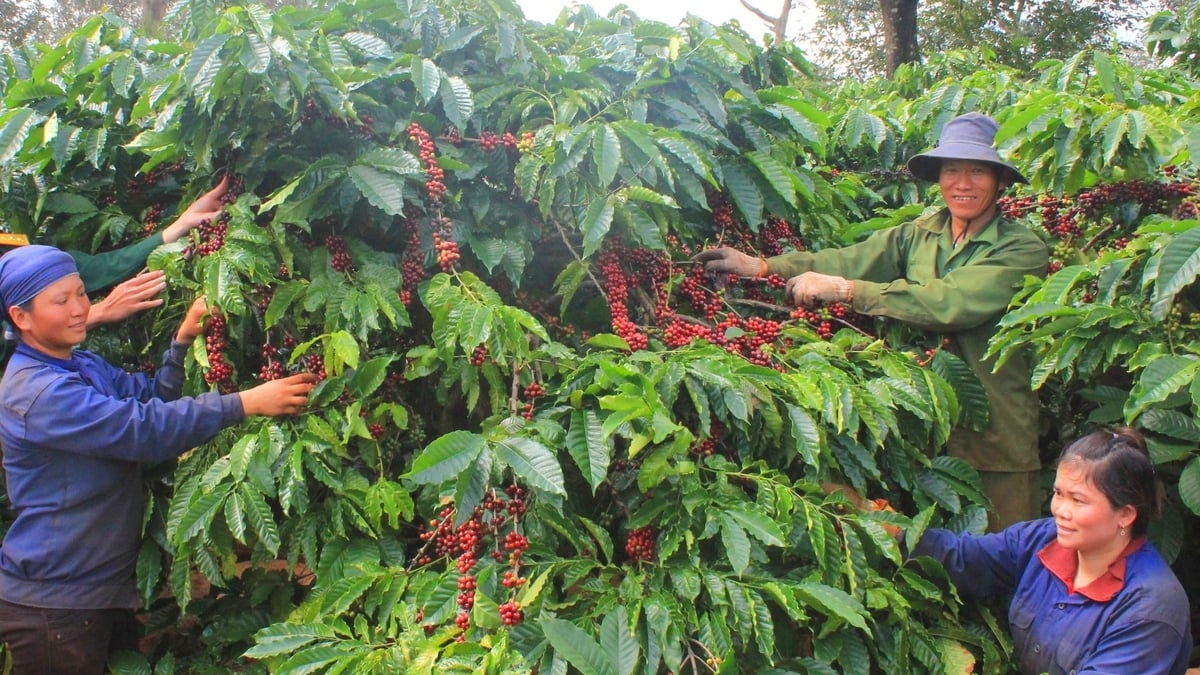
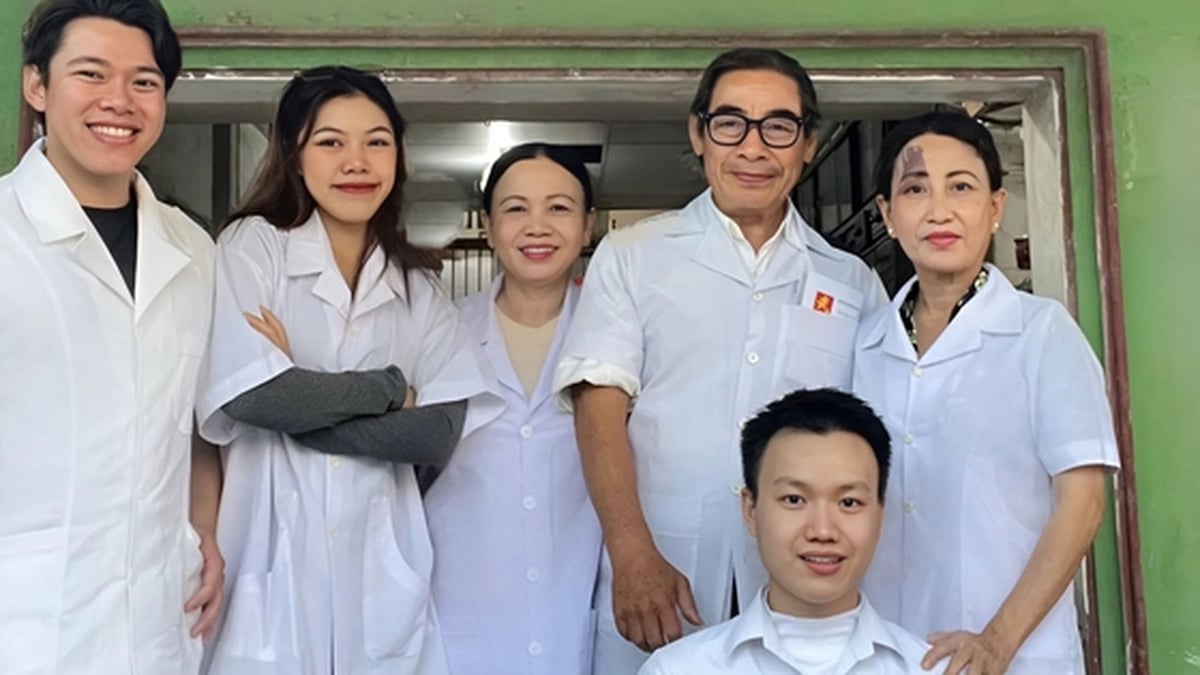
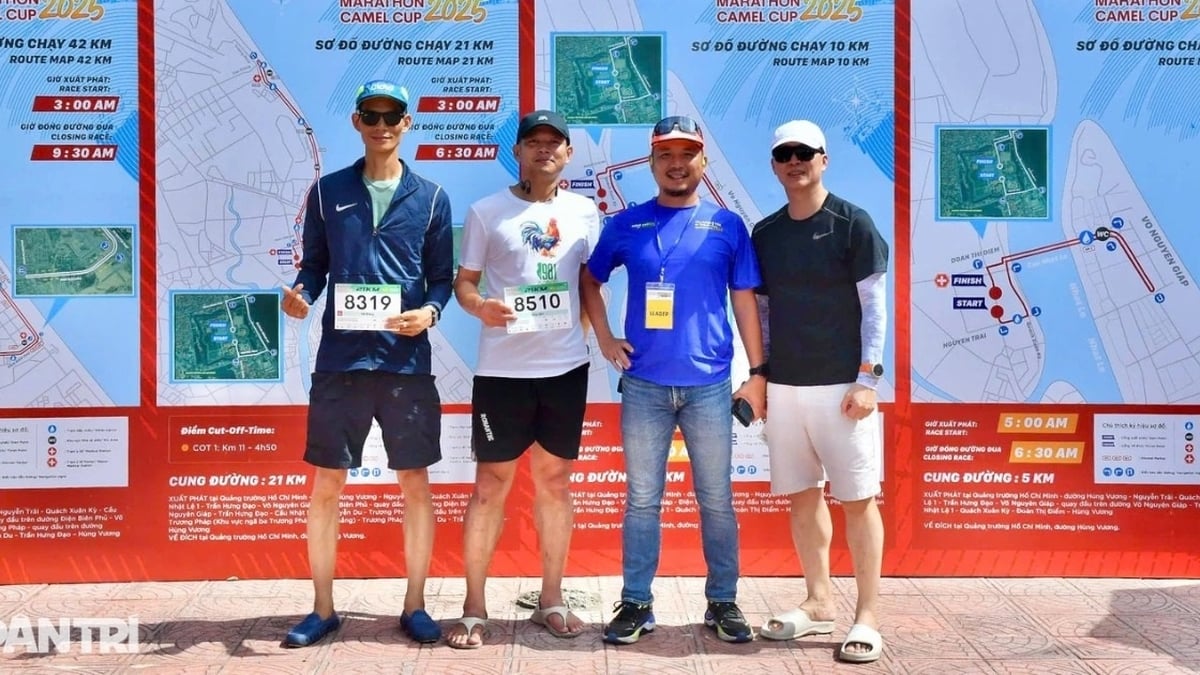
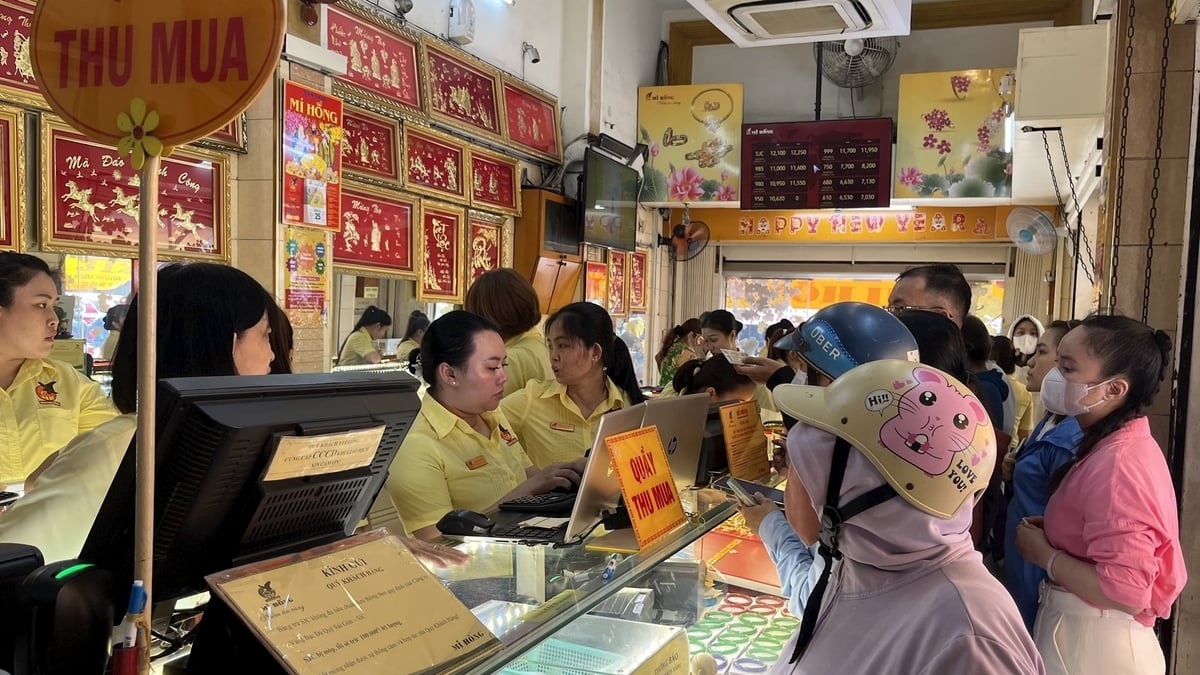
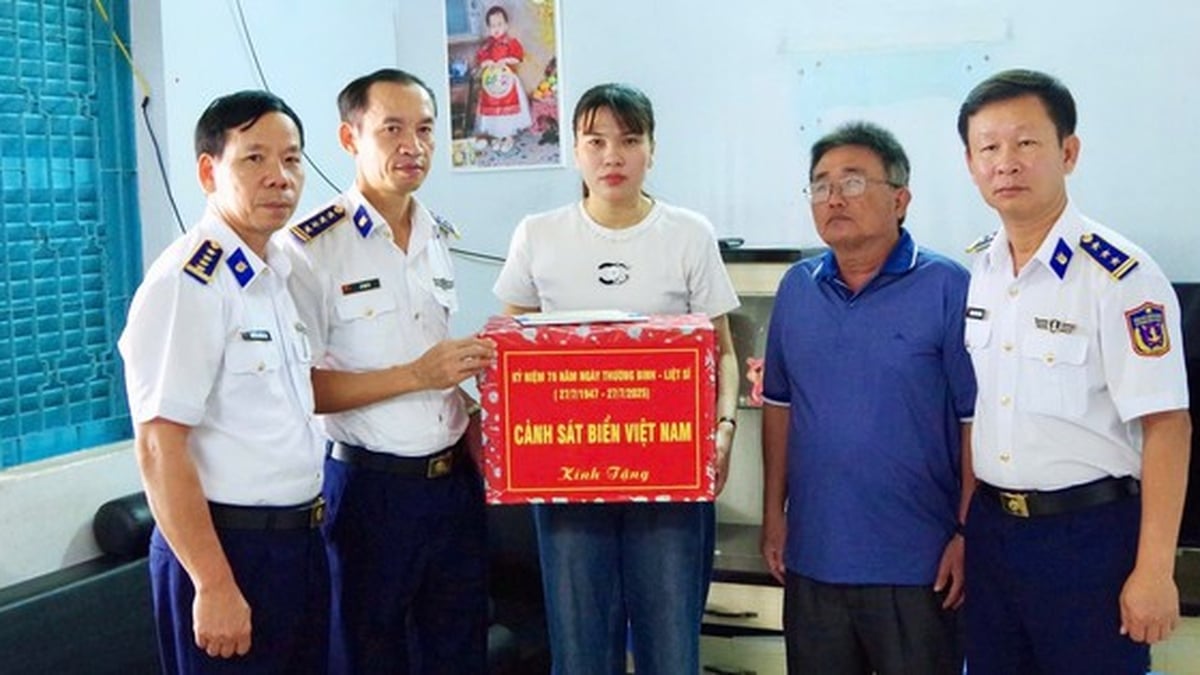
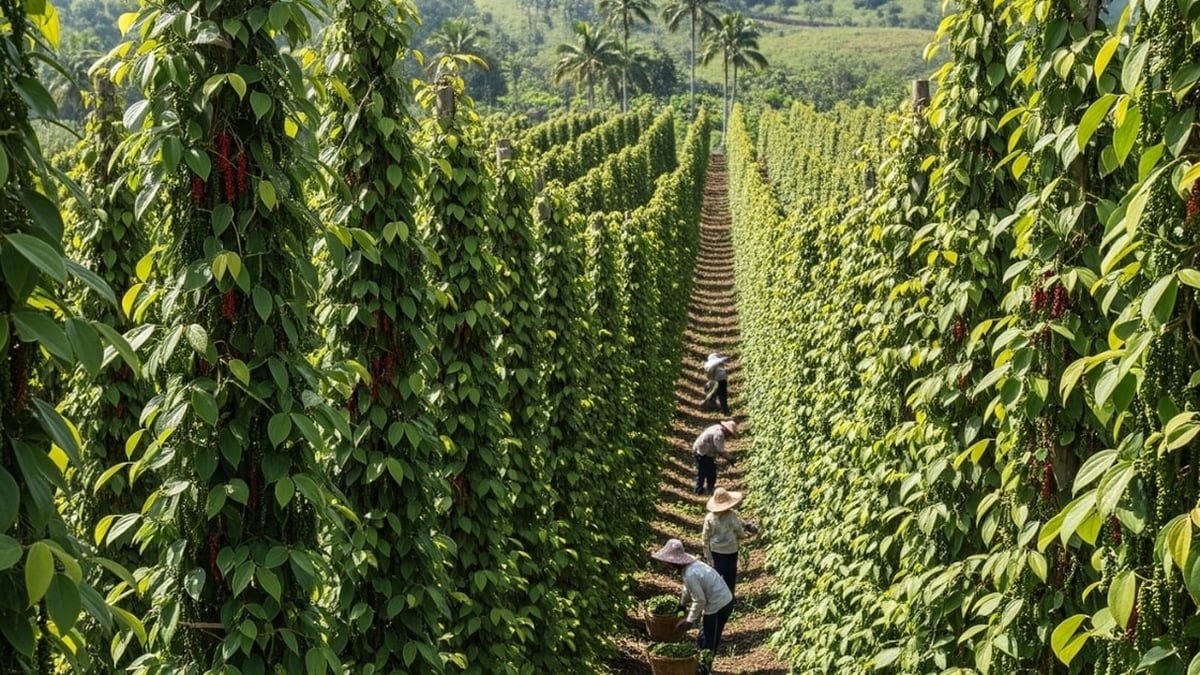
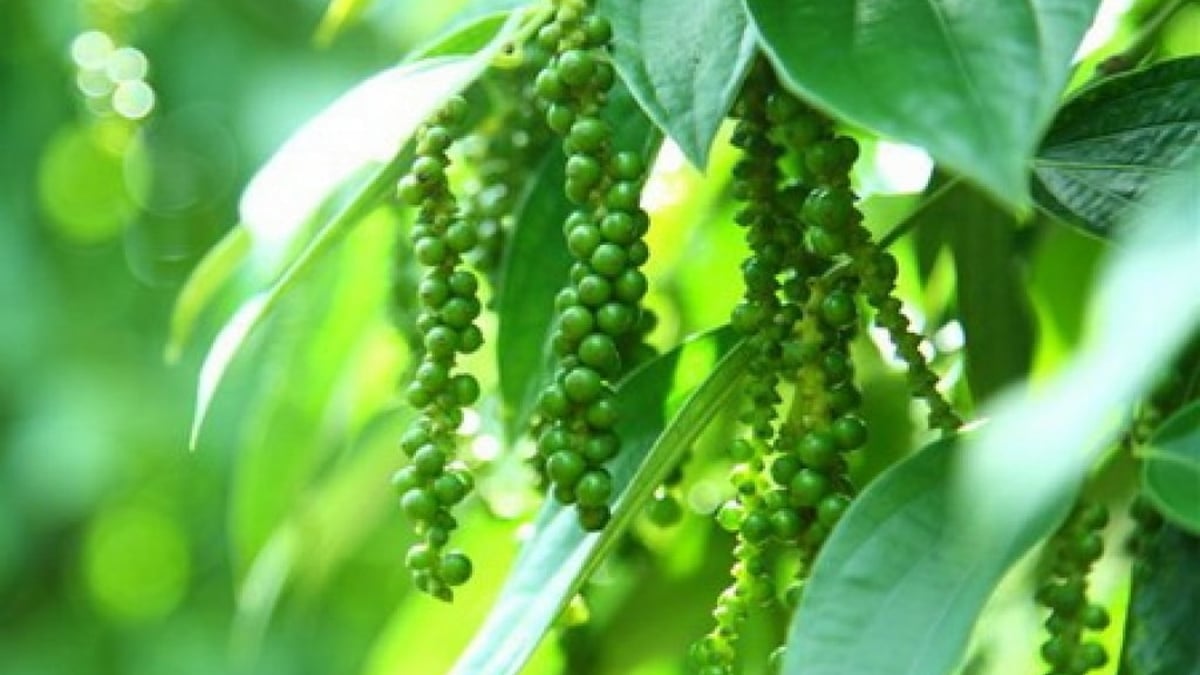
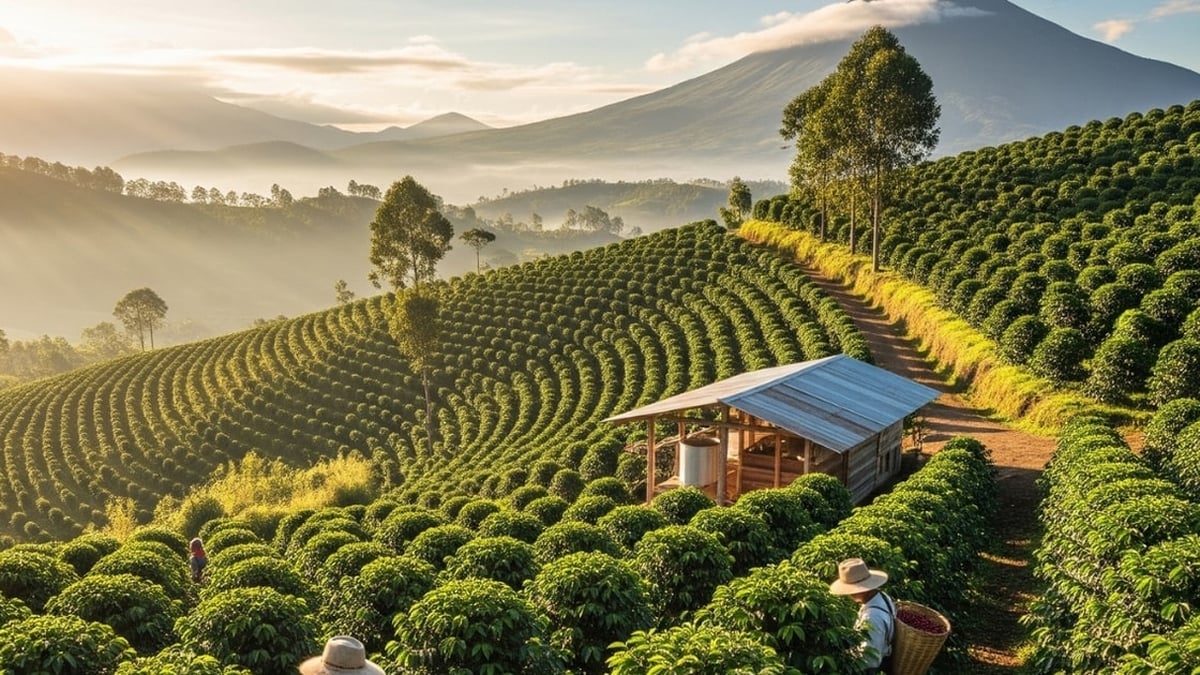






















































































Comment (0)